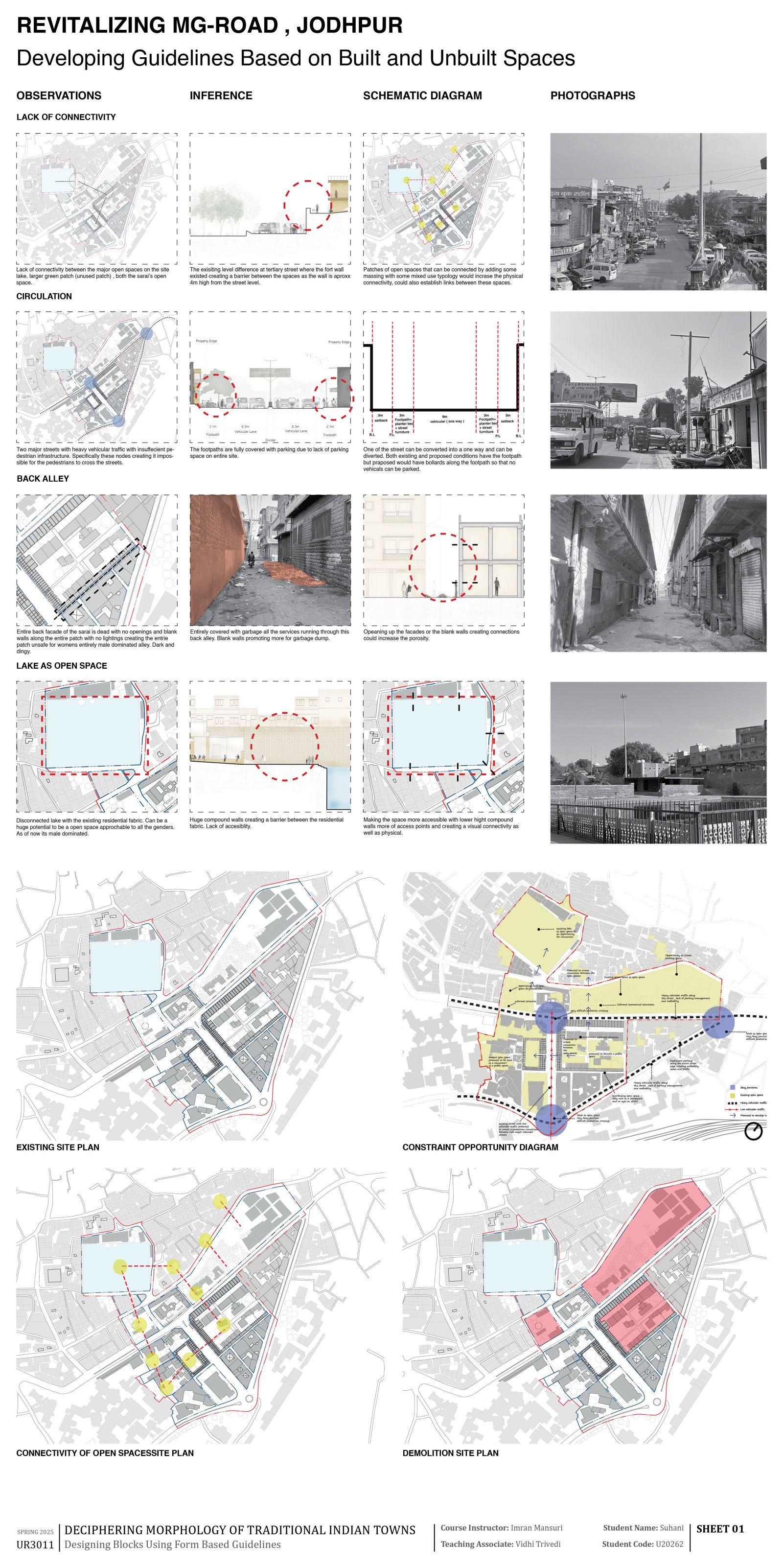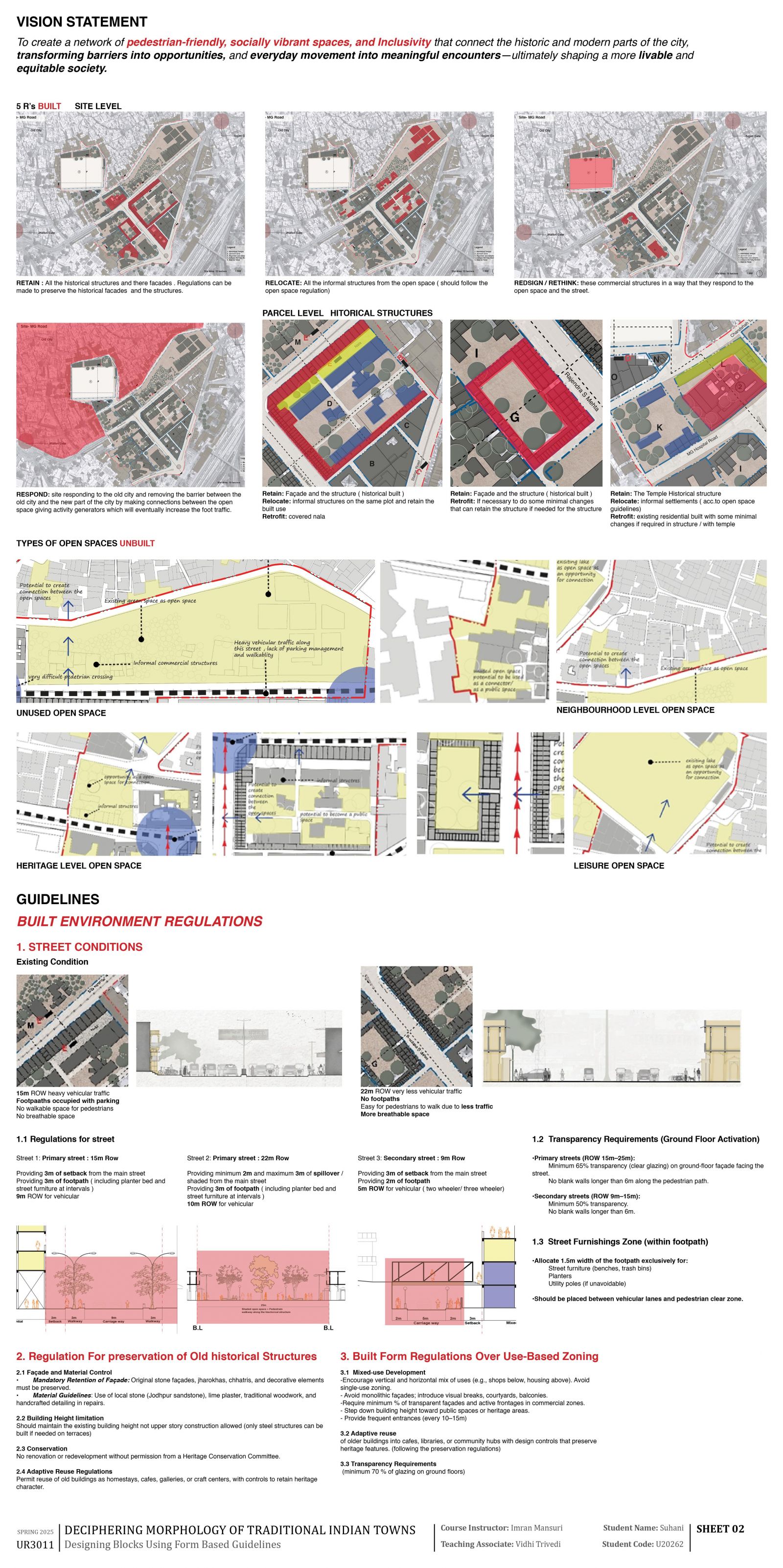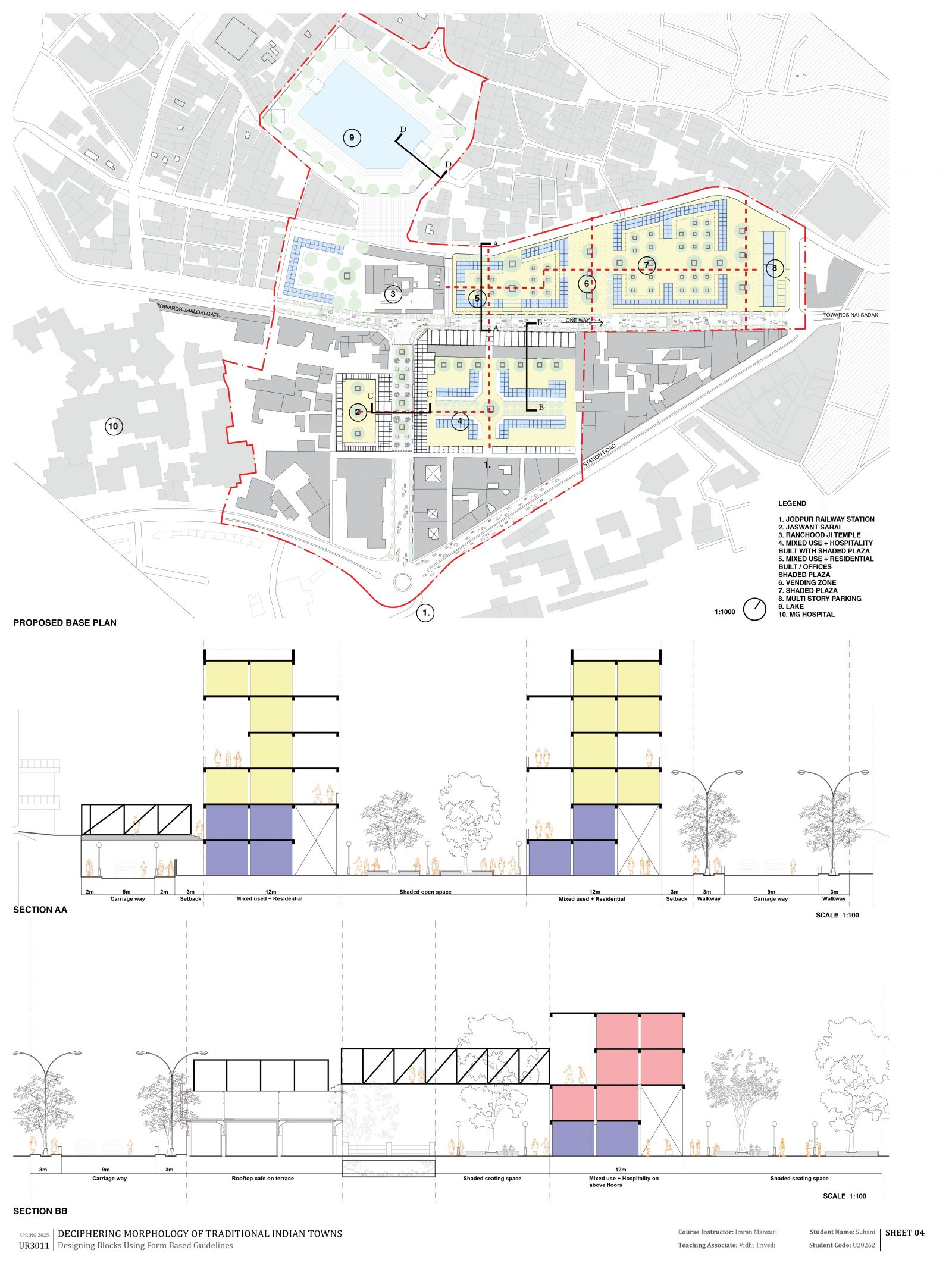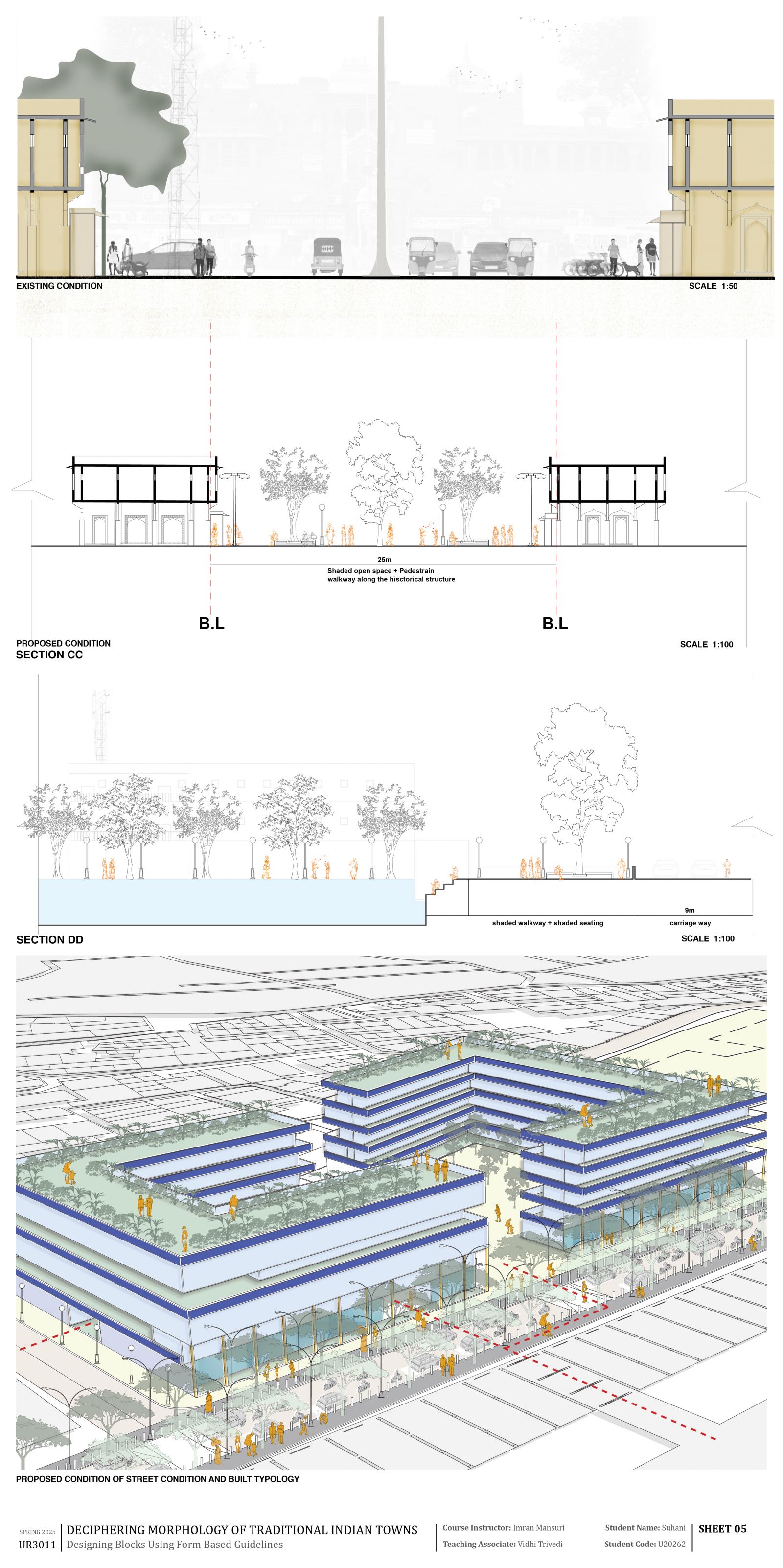Your browser is out-of-date!
For a richer surfing experience on our website, please update your browser. Update my browser now!
For a richer surfing experience on our website, please update your browser. Update my browser now!
To create a cohesive network of pedestrian-friendly, socially vibrant spaces that not only connect but also celebrate the diversity of the historic and modern parts of the city. This vision embraces the transformation of physical and psychological barriers—such as highways, walls, or neglected edges—into opportunities for integration, interaction, and inclusion. By prioritizing walkability, accessibility, and public life, we aim to redefine everyday movement as more than mere transit—turning streets, alleys, and crossings into places of meaningful human encounters, shared experiences, and cultural exchange. These spaces will serve as connective tissue between different social groups, age demographics, and income levels, offering platforms for spontaneous gathering, informal economies, local identity, and civic participation. This urban fabric will be inclusive by design, accommodating the needs of children, the elderly, people with disabilities, women, and marginalized communities. Through careful curation of spatial scales, materials, landscape, and programming, we envision a public realm that is safe, legible, and inviting for all. Ultimately, this effort seeks to reshape the city into a more livable, equitable, and empathetic society—where movement is not just a means to an end, but a catalyst for community, discovery, and belonging.
View Additional Work






